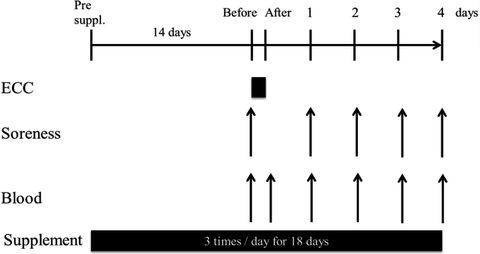
The aromatic amino acid such as tyrosine or phenylalanine is a common precursor for the biosynthesis of both. Several pharmacological activities of berberine and sanguinarine are similar. These alkaloids are reported to exert anti-cancer, anti-inflammatory, antioxidant, antidiabetic, antibacterial, analgesic and anti-nociceptive, and hepatoprotective effects. Berberamine, berberine, palmatine, columbamine, oxyberberine, isocorydine, lambertinea, and magniflorine have been isolated from different species of berries ( Berberies vulgaris, Berberies candidula etc.). mexicana and have been reported for their cytotoxic activities against human nasopharyngeal carcinoma (HONE-1) and human gastric cancer (NUGC) cell lines ( Chang et al., 2003). Some chelerythrine isolated from Argemone mexicana alkaloids such as N-demethyloxysanguinarine, pancorine, (+)-argenaxine, (+)-higenamine, (+)-reticuline, angoline, and chelerythrine isolated from A. Berberine and sanguinarine both are isoquinoline derivatives and belong to protoberberines and benzophenanthridienes, respectively. A number of pharmacological activities such as antimalarial (e.g., quinine), antiasthma (e.g., ephedrine), anticancer (e.g., homoharringtonine), cholinomimetic (e.g., galantamine), vasodilatory (e.g., vincamine), antiarrhythmic (e.g., quinidine), analgesic (e.g., morphine), antibacterial (e.g., chelerythrine), and antihyperglycemic activities (vincristine and vinblastine) of alkaloids has been reported. A large variety of organisms produces (bacteria, fungi, plants, and animals) alkaloids that can be purified by acid-base extraction from crude extracts of these organisms. Sometimes alkaloids also include some related chemical compounds with weakly acidic and neutral properties. have been summarized.Īlkaloids are a group of naturally occurring chemical compounds that mostly contain basic nitrogen atoms (Figure 1). Also, the effects of these alkaloids on the activities of some key enzymes, cell lines and organ development etc. This manuscript has included the lethal doses (LD 50) of berberine and sanguinarine in different animals via different routs of exposure. This review article illustrates the toxicological effects of berberine and sanguinarine as well as mechanistic part of berberine and sanguinarine mediated toxicity in different living systems. Several workers have reported varied pharmacological properties of these alkaloids as they exhibit antibacterial, antiasthma, anticancer, anti-inflammatory, and antidiabetic activities. Berberine, on the other hand, has been reported to cause cytotoxicity and adversely influence the synthesis of DNA. Sanguinarine is a toxin that kills animal cells through its action on the Na +-K +-ATPase transmembrane protein. Tyrosine or phenylalanine is common precursor for the biosynthesis of both. Berberine and Sanguinarine both are isoquinoline derivatives and belong to protoberberine and benzophenanthridines, respectively. Alkaloids are produced by a large number of organisms including bacteria, fungi, plants, and animals.

This group also includes some related compounds with neutral or weakly acidic properties.



 0 kommentar(er)
0 kommentar(er)
